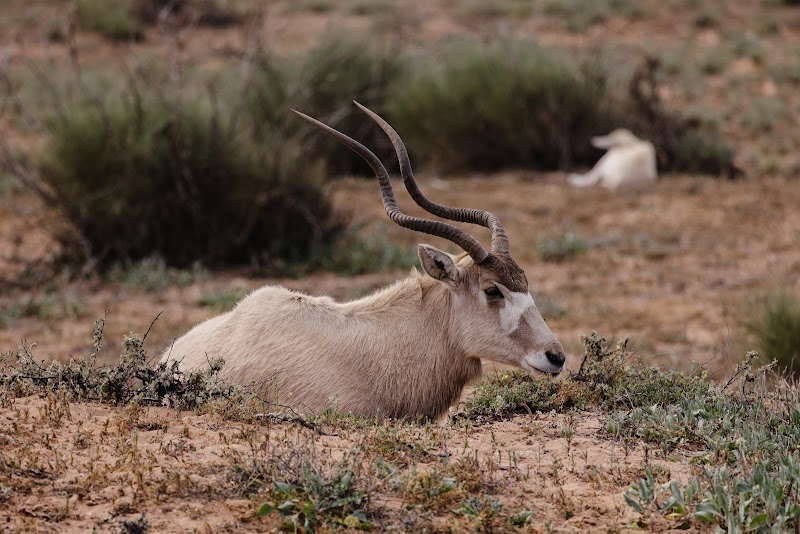
Oued Massa National Park Adventures
Oued Massa National Park protects a vital coastal ecosystem in southern Morocco, known for its unique biodiversity, including endangered bird species and rich wetland habitats. It offers opportunities for wildlife observation, especially migratory birds.
About Oued Massa National Park

Oued Massa National Park is located along the Atlantic coast of southern Morocco, stretching roughly between the towns of Agadir and Tiznit. Established to protect the Oued Massa estuary and surrounding wetlands, this park covers a complex of riverine, coastal dune, and desert environments. The park plays a crucial role in the conservation of diverse habitats that support a variety of flora and fauna, including rare and endangered species such as the northern bald ibis (Geronticus eremita), a critically endangered bird species that has been reintroduced here. The park's wetlands provide a critical stopover for migrating birds along the East Atlantic Flyway, making it an internationally recognized birding hotspot. Visitors to Oued Massa National Park can enjoy birdwatching, guided ecological tours, and explorations of the park’s sandy beaches, mudflats, and tidal estuary system. The park also includes areas of arid shrubland and sand dunes that support desert-adapted species. Its location near the scenic Souss-Massa valley adds cultural richness to the visit, with traditional Berber communities residing nearby. Managed by Morocco’s National Office of Water and Forests and Desertification Control, Oued Massa is a protected area balancing wildlife conservation and sustainable eco-tourism. The park’s remote and largely undeveloped nature appeals to visitors seeking natural landscapes, birdwatching, and coastal exploration away from more heavily frequented Moroccan sites.
Highlights
Northern bald ibis habitat and conservation area
Extensive Atlantic coastal dunes and estuarine wetlands
Key birdwatching site on the East Atlantic Flyway
Remote sandy beaches and tidal mudflats
Notable Natural Features
Northern Bald Ibis Colony
One of the few remaining free-living colonies of this critically endangered species, the ibis is the park’s flagship conservation success.
Oued Massa Estuary
A dynamic tidal estuary with vast mudflats and reedbeds critical for migratory and resident birds.
Sandy Coastal Dunes
Extensive dune systems along the Atlantic shore provide habitat for specialized plants and animals adapted to arid coastal conditions.
